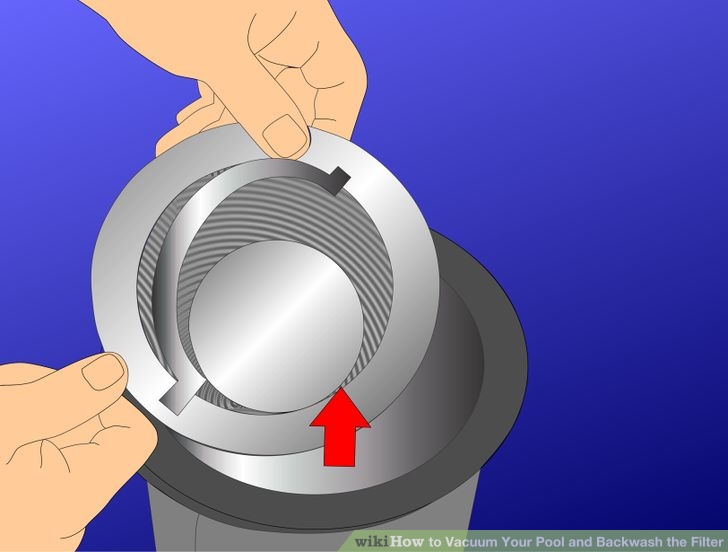Believe It Or Not, The History Of Vacuum Cleaners Is Interesting
Article by Jon Kilminster
Here’s some trivia for you: The first vacuum cleaner, patented in England in 1901, was gasoline-powered and so large it had to be pulled by a horse. The device, called the Puffing Billy, sat outside the building to be cleaned and hoses were drawn inside.
Needless to say, the gas-powered, horse-drawn vacuum cleaner didn’t really take off. But the idea stuck, and five years later an Ohio janitor named James Spangler sold his electric vacuum cleaner model to a man named Hoover. The rest, as they say, is history. (To this day, “hoover” is used as a synonym for “vacuum cleaner” in England.)
The vacuum cleaner is actually a fairly simple device operating on some basic scientific principles. A rotating fan forces air up toward the exhaust port. The air being moved that way causes a drop in pressure at the opposite end, which creates a partial vacuum and suction. In other words, because the air pressure is lower inside the vacuum cleaner than outside, air rushes in, pulling in whatever loose materials are with it. Most vacuum cleaners have rotating brushes on the bottom, too, to loosen dirt and dust from the carpet so they can be sucked up by the flow of air.
Inside the vacuum cleaner, at the other end of the suction path, is a bag. It looks like an ordinary cloth or paper bag but is in fact porous. Why? So that air can escape through it while dirt cannot. If the bag weren’t porous, it would fill with air and pop within seconds of turning on the vacuum cleaner.
Almost all vacuum cleaners work in essentially the same way, with variations coming in the way the cleaners are shaped, e.g., canister vs. upright. Modern vacuum cleaners are lighter in weight and more ergonomically designed to avoid muscle fatigue in the user. And today some houses have vacuum systems built in. You simply plug a hose into a port in the wall and the dirt is sucked into a central canister out in the garage — quite an improvement over the old gas-powered monstrosity of 1901.
About the Author
Jon Kilminster writes for vacuumshed.com a website packed with information on cordless vacuum cleaners and vacuum cleaner parts


